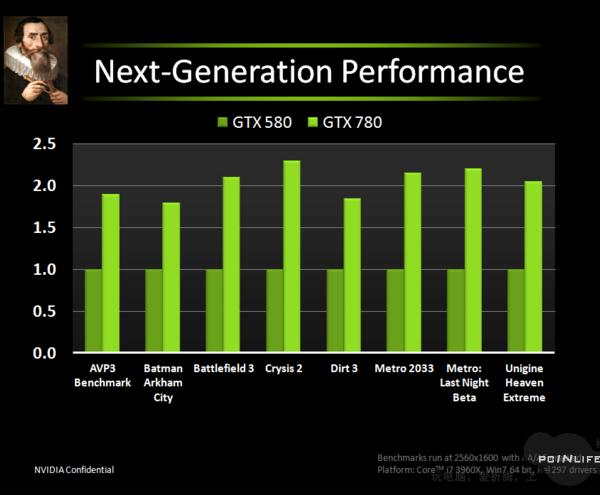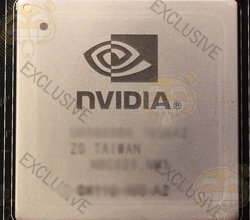The stream of information flowing from NVIDIA regarding the firm's upcoming codename 'Kepler' series of GPUs had ran dry many, many months ago. However, over the past week or so, new details have begun to emerge from various sources claiming that we may see the first Kepler silicon out in the market as early as next month along with some suggestions of specifications. So exactly what rumours are out there that have picked up some serious momentum?
1. The GK104 will be released in February
Yes, it has been rumoured that in response to AMD's entrance to the upper-mainstream with the HD 7950 next month, NVIDIA will bring forward the release date of the GK104 Kepler, replacement for the GeForce GTX 560 Ti, to February/March time, in order to avoid loss of market share, despite original intentions to hold back release to complement Intel's Ivy bridge in April. It's also suggested that NVIDIA's high-end GK110 will make it to market around two months after the release of the GK104.
2. The GK104 will be clocked at 780MHz and feature 2GB of GDDR5 with a 256-bit bus and a TDP of 225W
Or so the rumours say, there's a little confliction regarding whether a 256-bit bus bandwidth is appropriate for 2GB of memory with a suggestion that there may be two variants of the GK104, one with a 384-bit bus, perhaps a GeForce GTX 570 equivalent. The rumour relating to clock speed and TDP has spread like wildfire and may be worth consideration. Despite the drop from 40 to 28nm production, 225W would have the card consuming almost as much power as the GeForce GTX 580, which eats 244W. This perhaps supports rumours that the GK104 will feature between 640 and 768 CUDA cores and 80 to 96 texture units; when applied with NVIDIA's promised architectural updates with Kepler, should these rumours ring true, we could potentially see NVIDIA's upper-mid-range line competing with AMD's Radeon HD 7970, with suggestions that the GK104 may be 50 per cent faster than the GeForce GTX 580.
3. Kepler will skip the GeForce GTX 6xx nomenclature and move straight onto the GeForce GTX 7xx
If rumours supporting the claimed performance increases are true, perhaps this is reason alone to skip the six-series altogether. We could also certainly understand NVIDIA wishing to match the 7xxx naming system of AMD, which could give the impression of a superior product through a greater numbering in the title. However, the bulk of this rumour has been formed from unconfirmed, leaked performance slides of the new Kepler series of GPUs.

These benchmarks allegedly compare the performance of the GeForce 700 series against the current 500 series, running Battlefield 3 at 2,560x1,600, Ultra Preset and 4xMSAA.

Likewise, these benchmarks allegedly compare the performance of the GeForce GTX 780 against the current GTX 580, across a multitude of titles running on the same hardware platform.

An apparent leak of the GK110 A2 silicon
For the moment, these rumours are as close as we can come to any real details regarding the mystery-shrouded Kepler GPU line-up. They may very well prove untrue, though, when we consider that unlike AMD, who introduced a true GPGPU-focused architecture for the first-time with the Southern Islands HD 79xx series, NVIDIA's next release will be looking to build on principles from a well-established design, with renewed focus on performance tweaking. Perhaps the early claims of a three-fold double-precision floating-point performance increase over Fermi by NVIDIA may not be overly ambitious; throw in a drop to 28nm and it could well happen.
At the very least, given all the performance they promise, wouldn't you indeed hope that these rumours are true?













